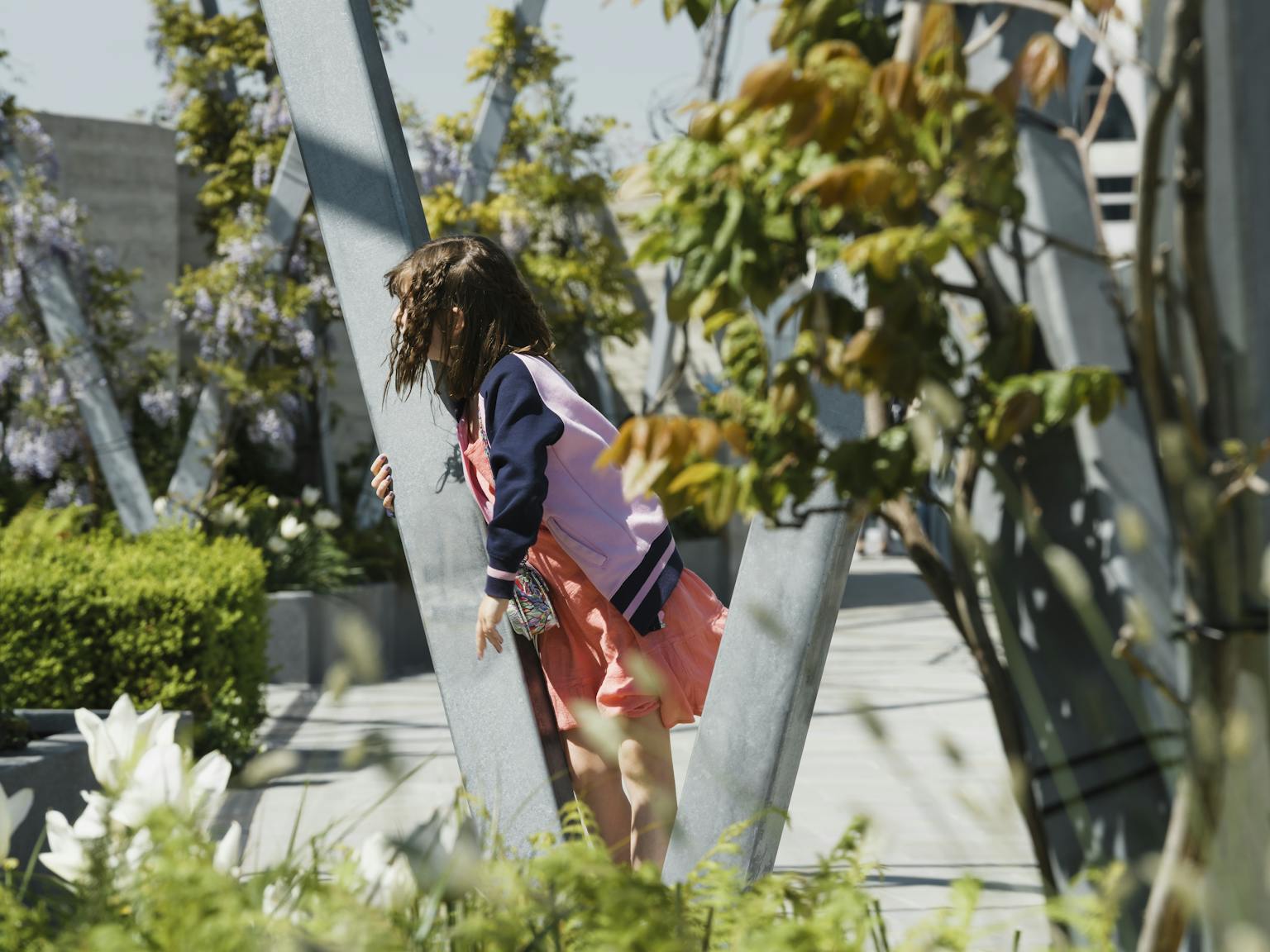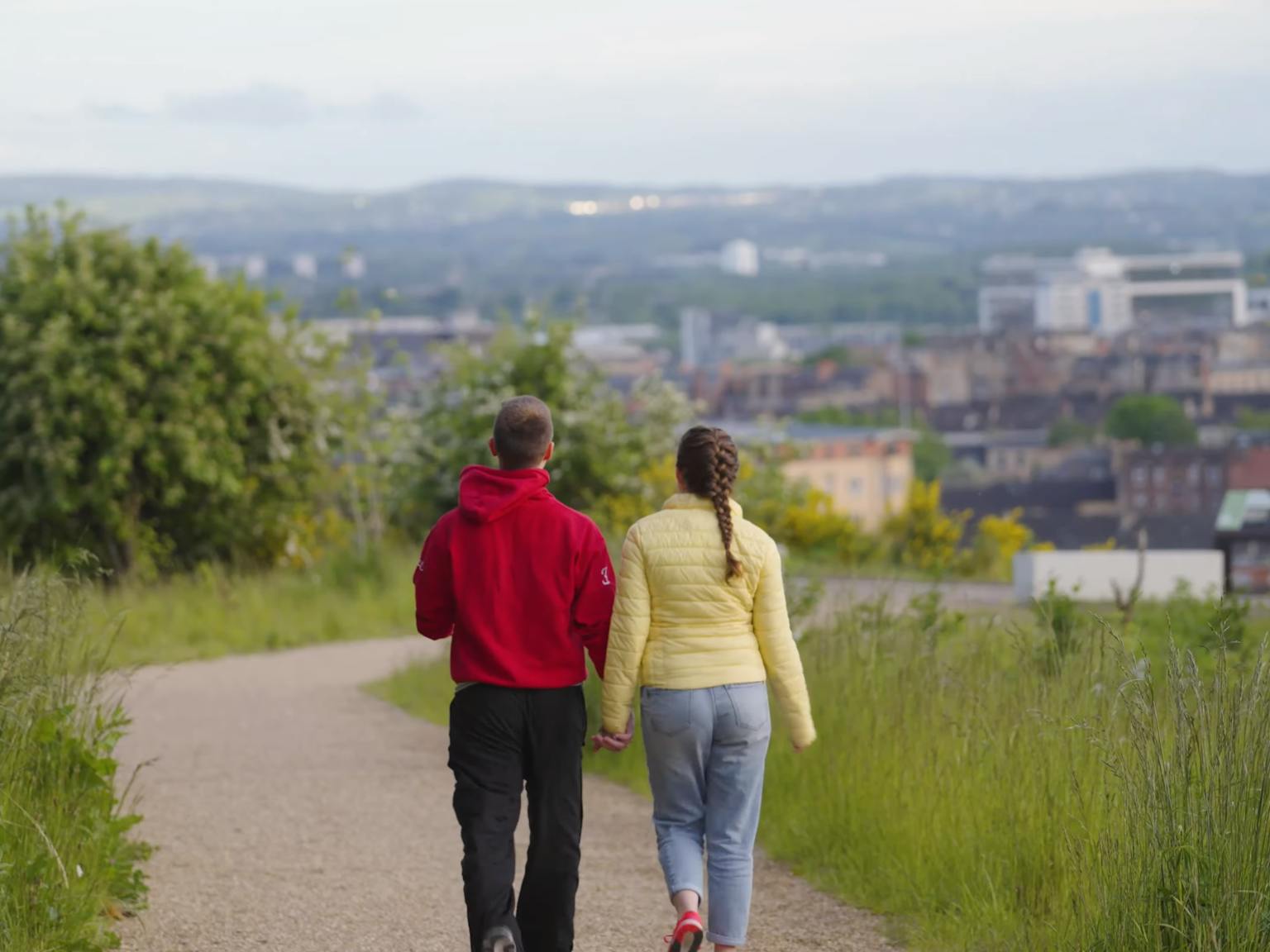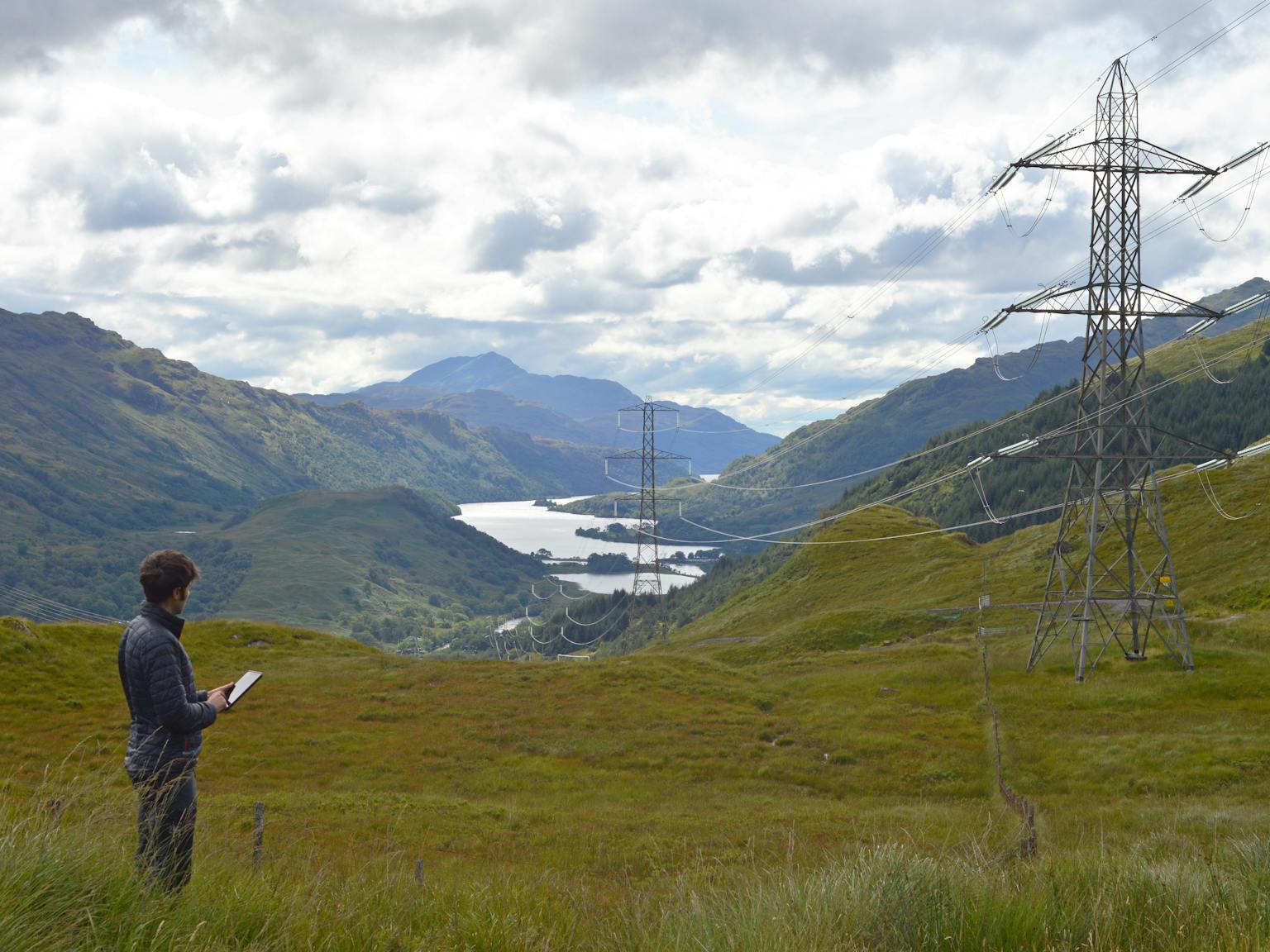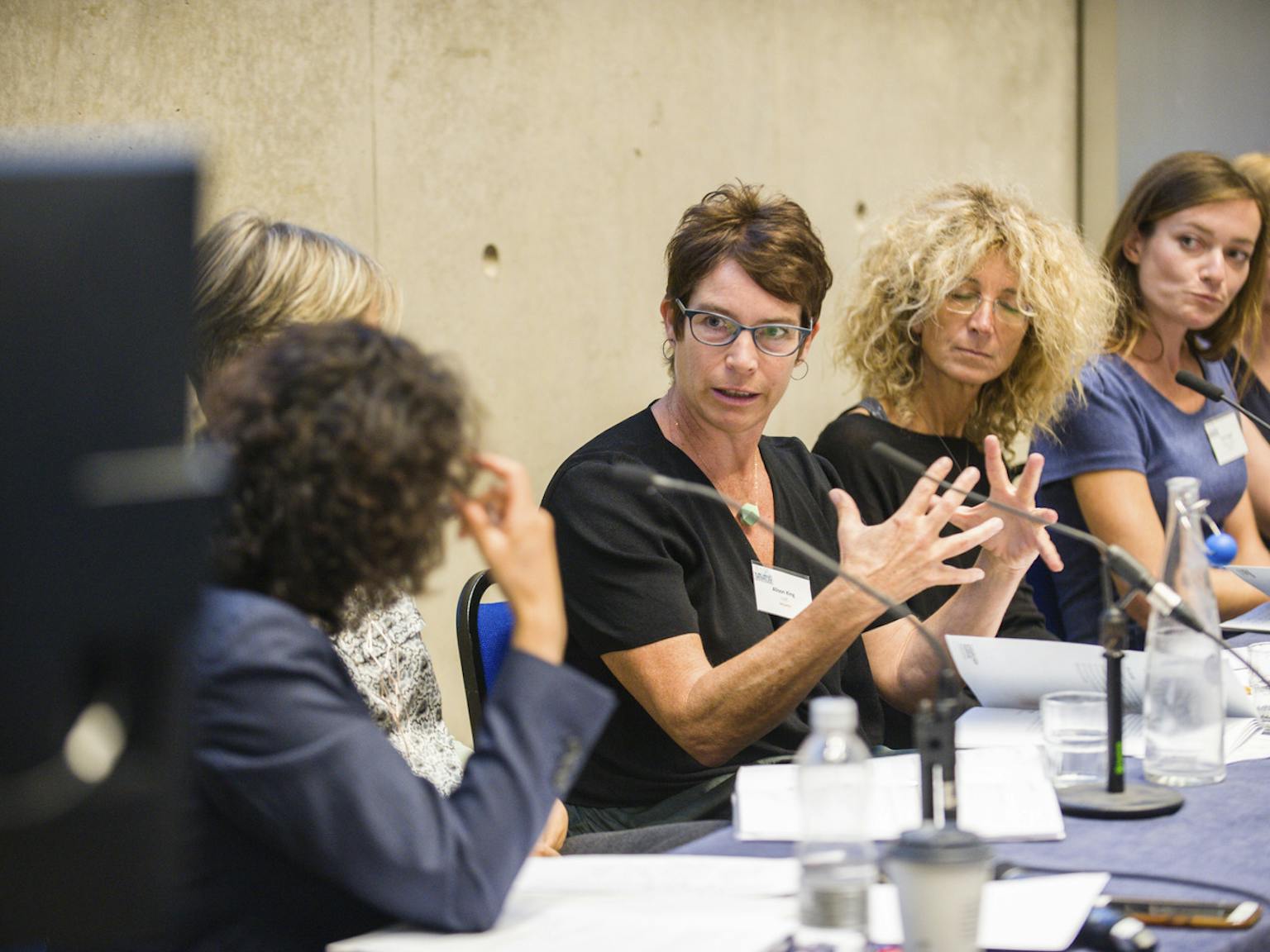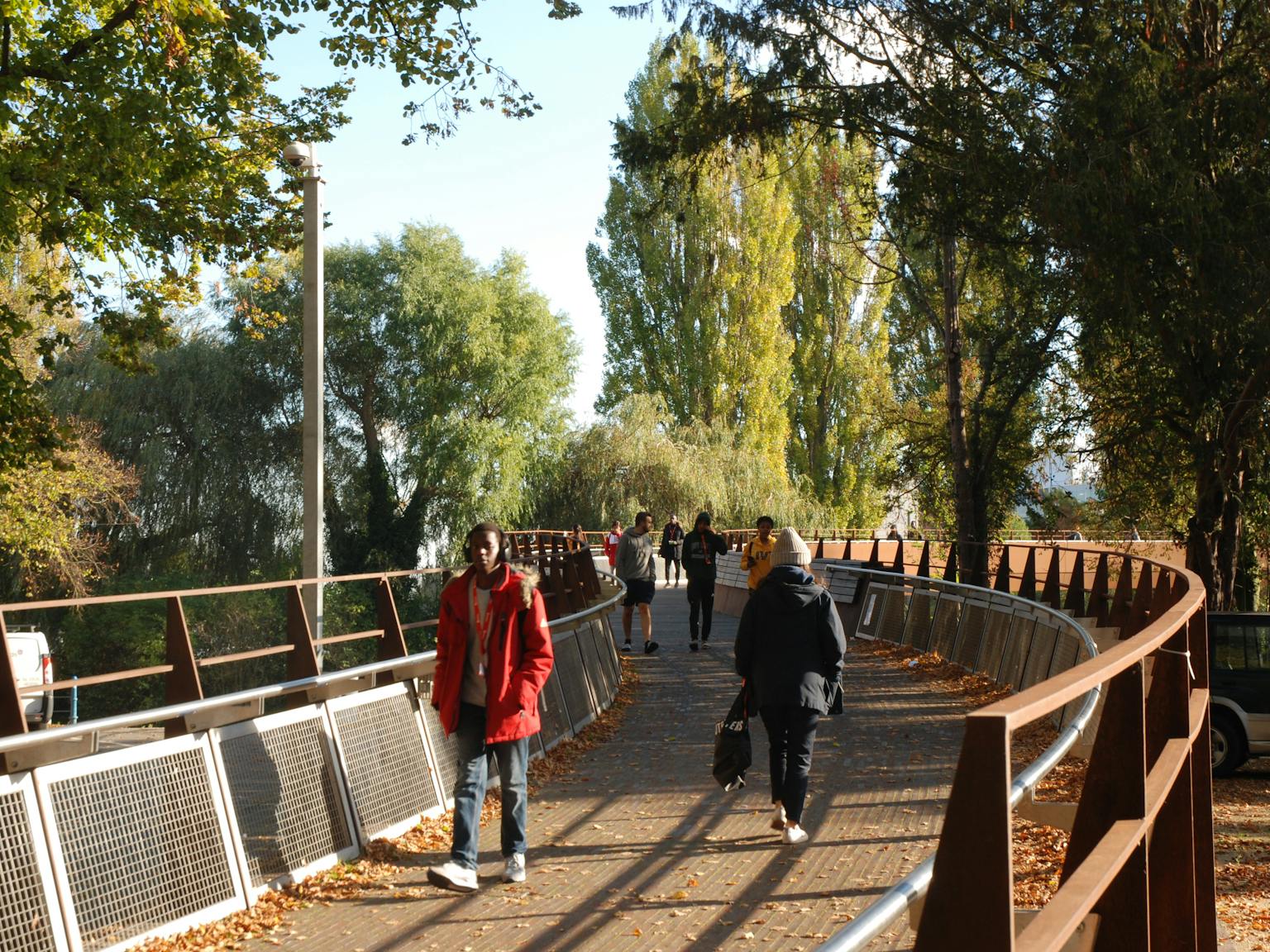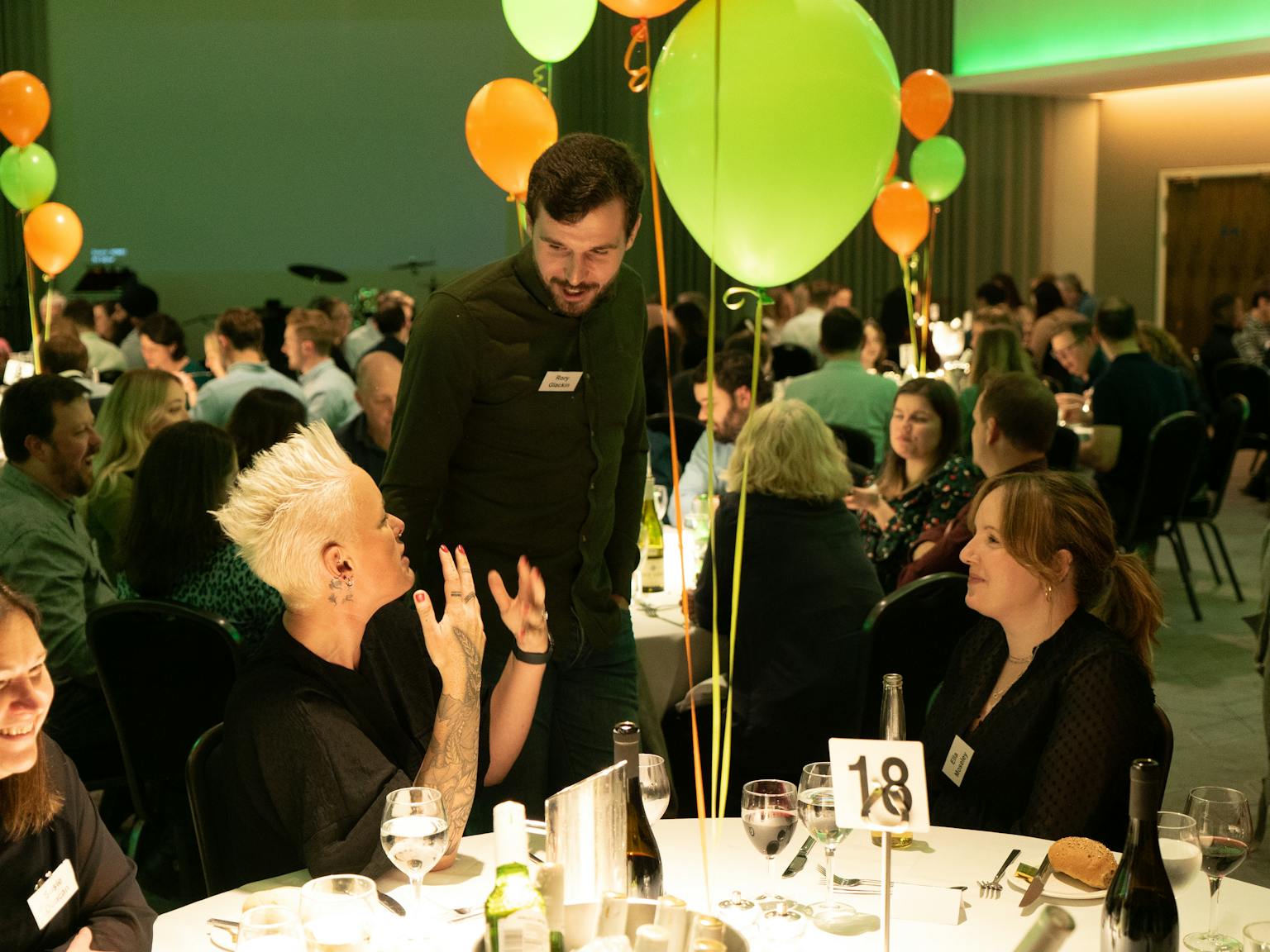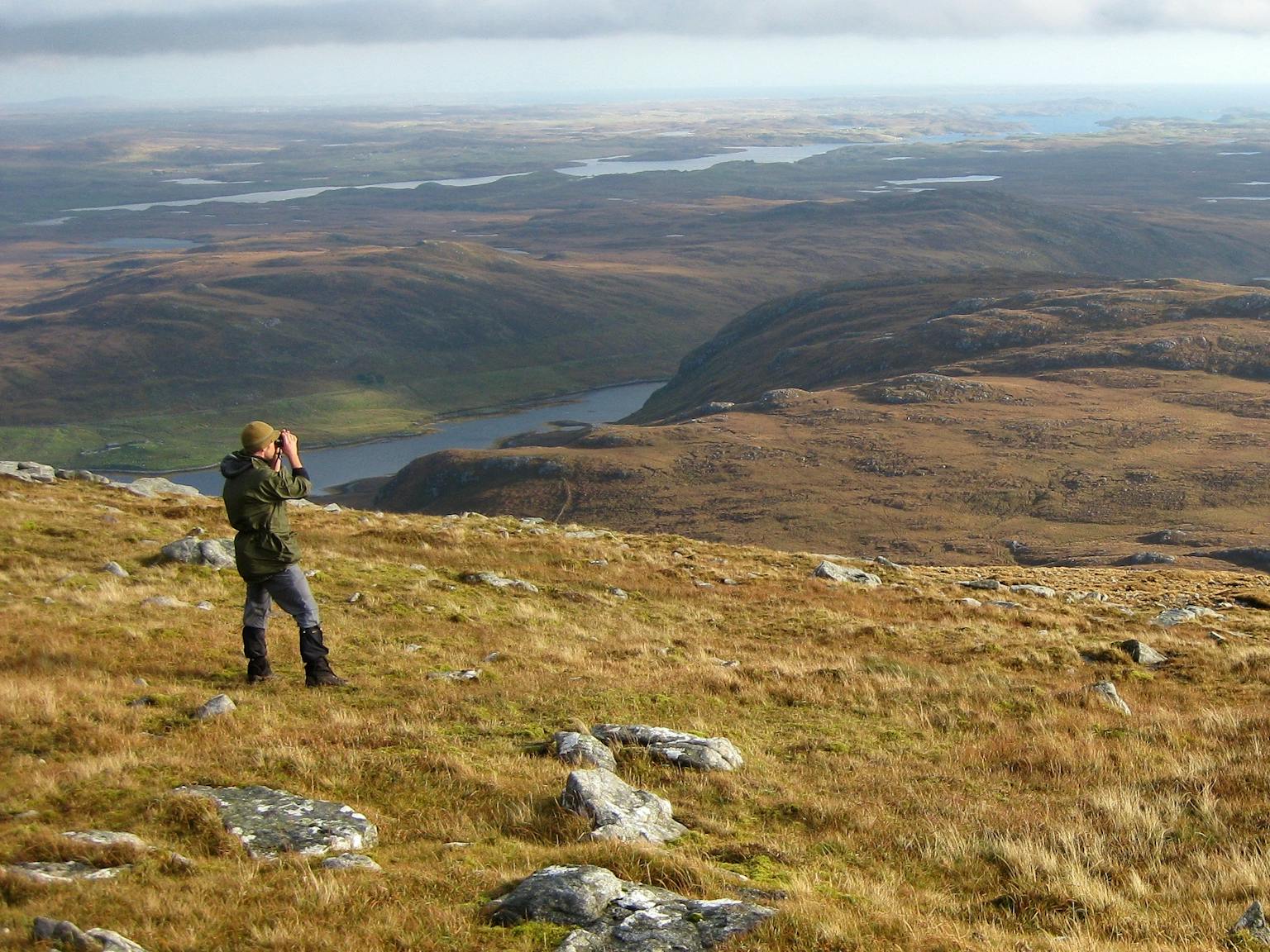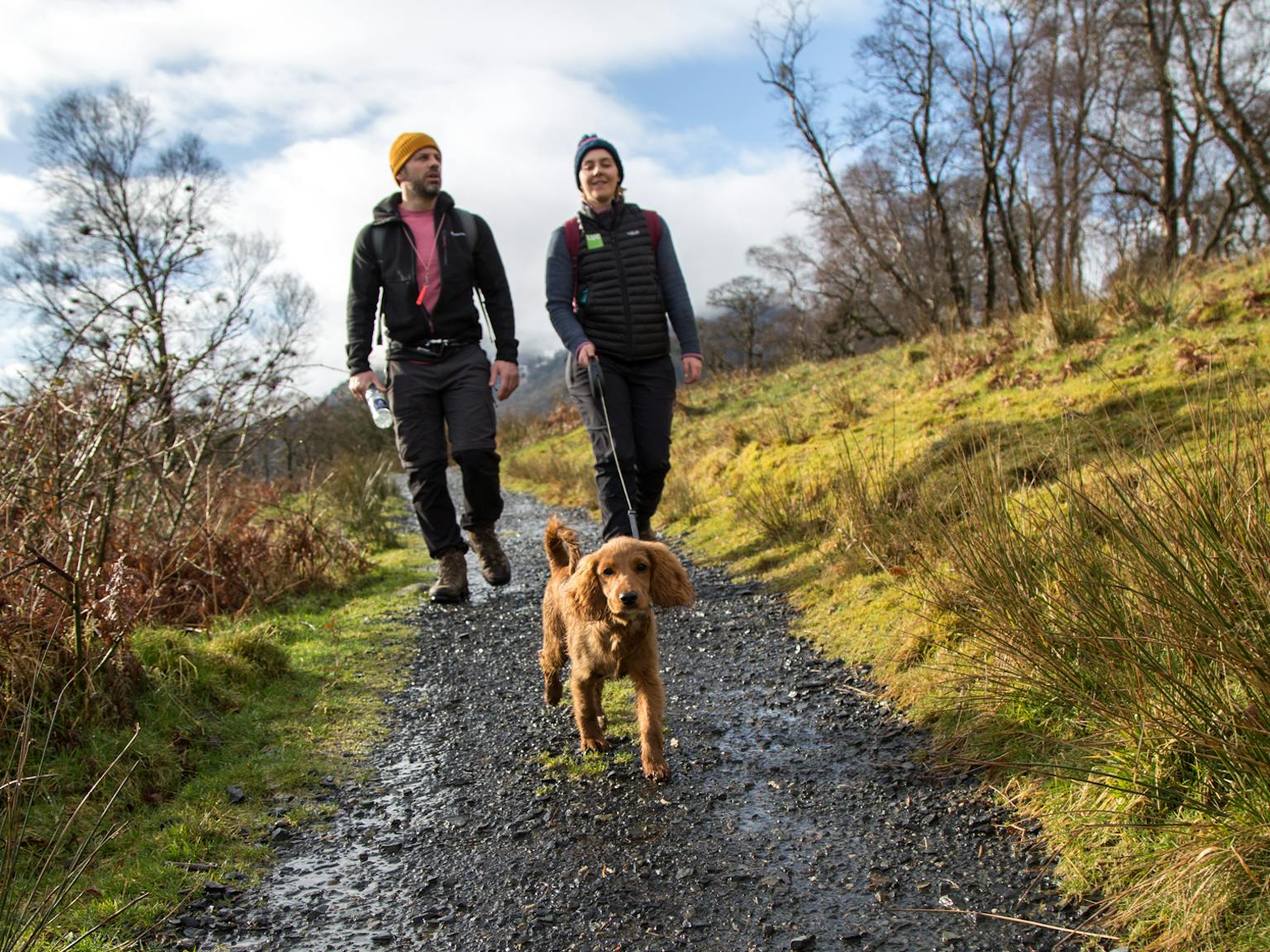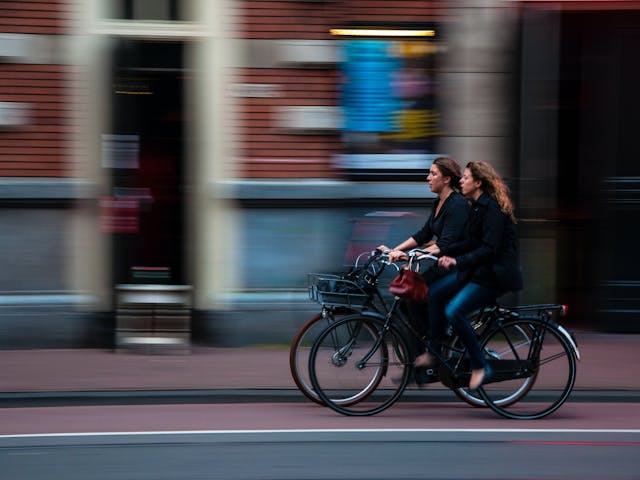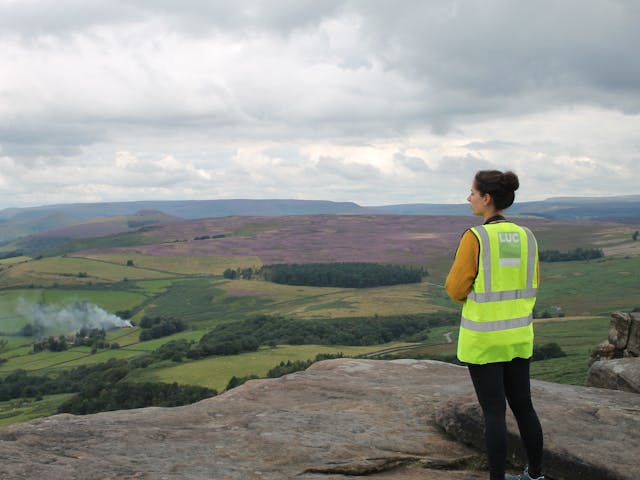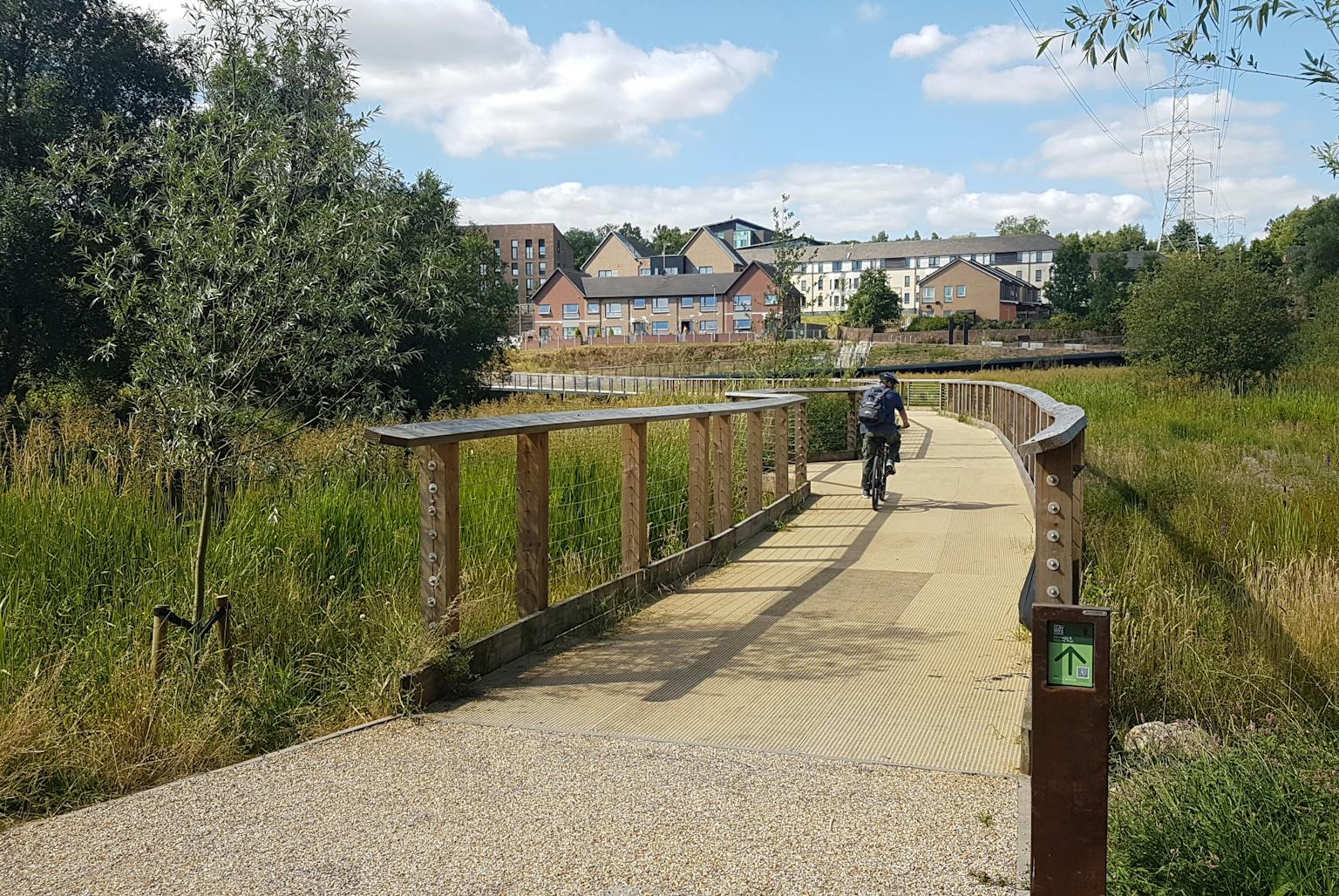
Designing for healthy, resilient, and sustainable cities: The power of urban design
By 2030, 60% of the world’s population will live in urban areas, making cities the centre of habitation and economic growth. This rapid urbanisation is creating the need to develop cities that are more liveable, resilient, and sustainable in the face of climate change and extreme weather events. The migration from rural to urban areas also results in a diminishing connection with nature, a fundamental element ingrained in everyone's DNA. To address these environmental and social challenges, urban design and city masterplanning should lead with green infrastructure and nature-based solutions.
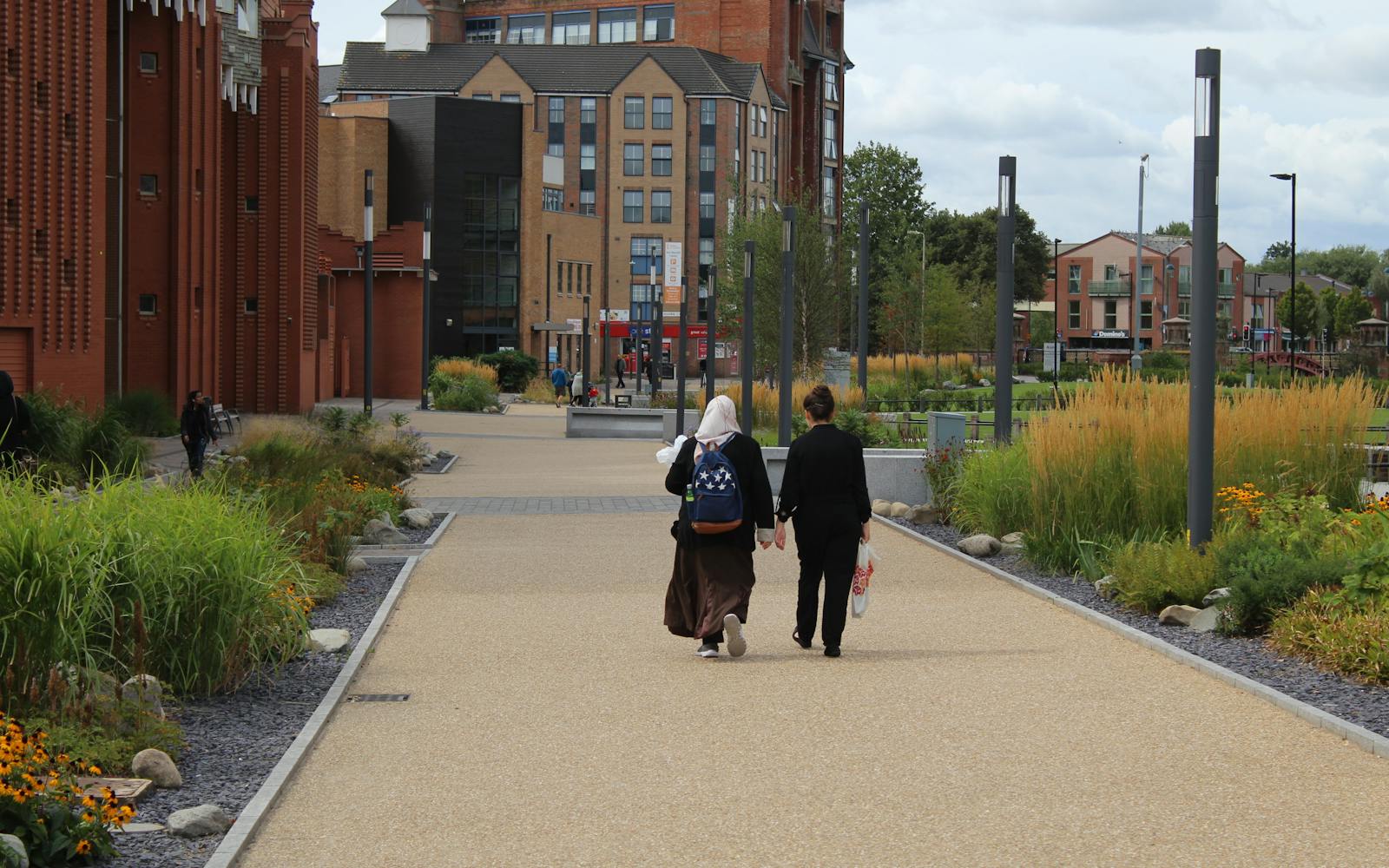
Modern city dwellers look for factors beyond employment, café culture, and schools when choosing where to live. They also value access to green spaces and public spaces, physical safety, and cleanliness. Integrating more nature into city spaces fosters economic prosperity, healthier communities, and more robust social connections.
For cities to thrive economically and socially, strategic planning and design are essential. Cities need to create environments and infrastructure that attract businesses, talent, and investment. In large cities, social breakdown and economic deprivation can easily occur - modern cities must actively mitigate against these challenges.
A design-led approach that promotes a long-term strategy and embraces green infrastructure and sustainable approaches to travel, construction, energy, and waste management can help cities overcome modern challenges and thrive. Good design fosters better connectivity and liveability for residents and businesses.
Better health
Green spaces such as parks, trees and squares are vital for communities. They not only enhance physical and mental well-being but also foster a stronger sense of belonging among residents. The benefits of green spaces impact social, environmental, and economic well-being.
Designing these spaces requires careful consideration of residents' needs, particularly about how they can promote physical activity. Active people in cities enjoy improved health, wealth, safety, and happiness, along with a stronger sense of community. Green spaces provide essential areas for children to play and learn, relaxation, recreation, and mental stimulation, so their design is vitally important.
Proximity to green spaces reduces stress, anxiety, and loneliness. Regular physical activities like walking, running, and cycling lower the risk of heart attacks, diabetes, cancer, and childhood obesity. These health benefits translate not only into healthier residents but also significant cost savings for healthcare systems.
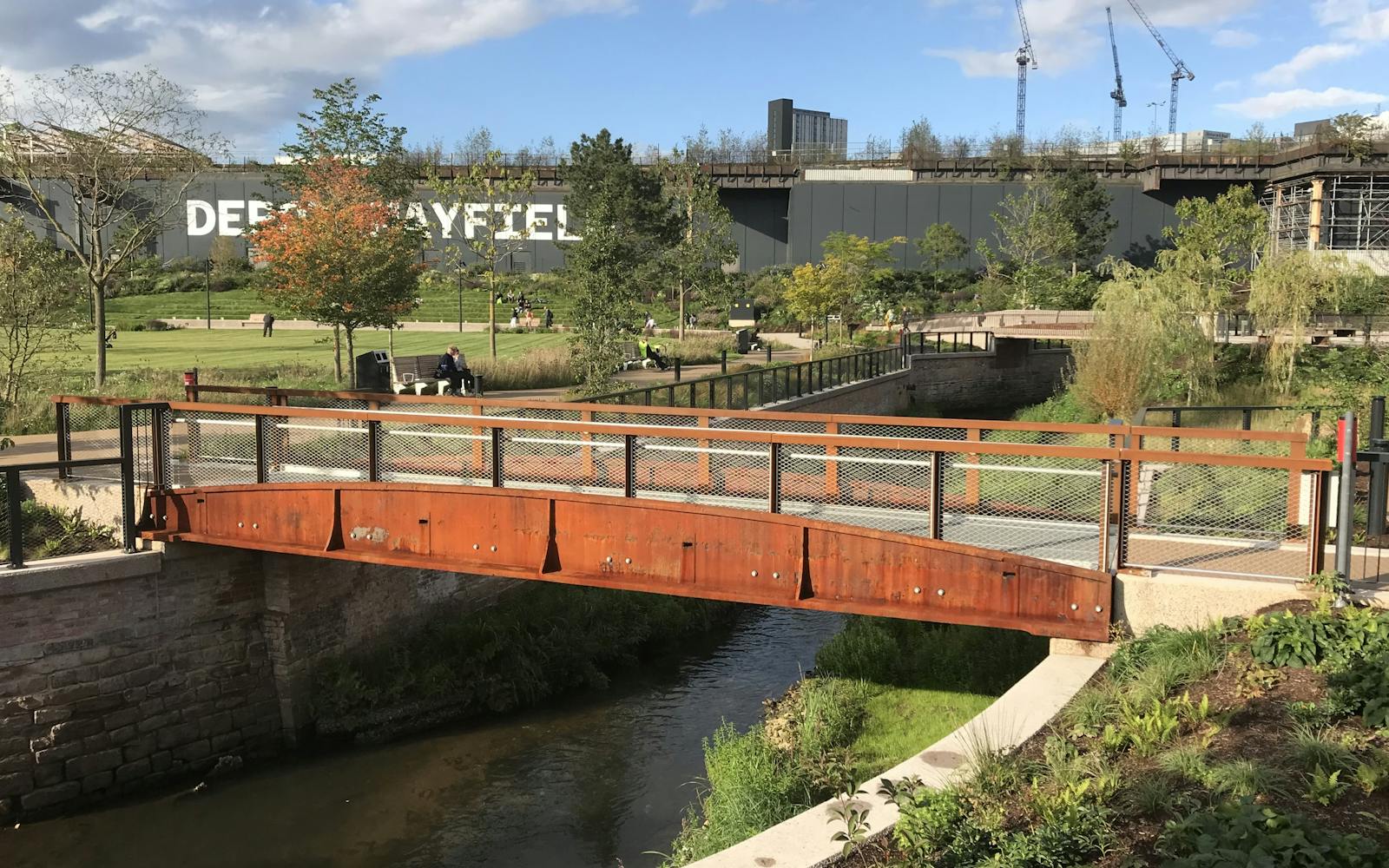
Better economy
Investment in public spaces and the strategic design of better streets can revitalise businesses and enhance the shopping experience. Well-designed cities, quite simply, attract more traders and shoppers.
The 2008 recession and the Covid-19 pandemic left many UK high streets struggling to compete with online shopping. However, studies have shown that strategic investment and well-planned high street improvements, such as pedestrianisation, can boost footfall by 40%. These public realm improvements can also boost residential and commercial property values, particularly in areas close to green areas or high-quality public spaces.
Better society
Public spaces are democratic forums for residents – they’re open to all and create social cohesion. Shared spaces cultivate a sense of belonging and pride, leading to successful neighbourhoods and support networks that help mitigate social breakdown. Access to venues for social events, spaces for play and exercise, and places to gather contribute to these social benefits.
Poorly designed spaces can encourage anti-social behaviour, while well-designed spaces make people feel safe and help prevent crime by incorporating factors such as better lighting, more visibility, open spaces, CCTV, etc. Effective management ensures that these spaces are well-maintained and less susceptible to vandalism.
Better movement
Well-connected public spaces promote better movement around cities - reducing congestion, traffic emissions, and improving air quality. By providing more opportunities for walking, running, or cycling through green infrastructure, cities can encourage healthier and more sustainable lifestyles.
Better public spaces can increase bicycle use by 65% and an improved walking experience leads to increases in high street shopping. The benefits of enhanced connectivity extend beyond physical health and well-being. Being more connected to workplaces, family, and communities can help alleviate mental health issues, particularly depression, and reduce feelings of loneliness.
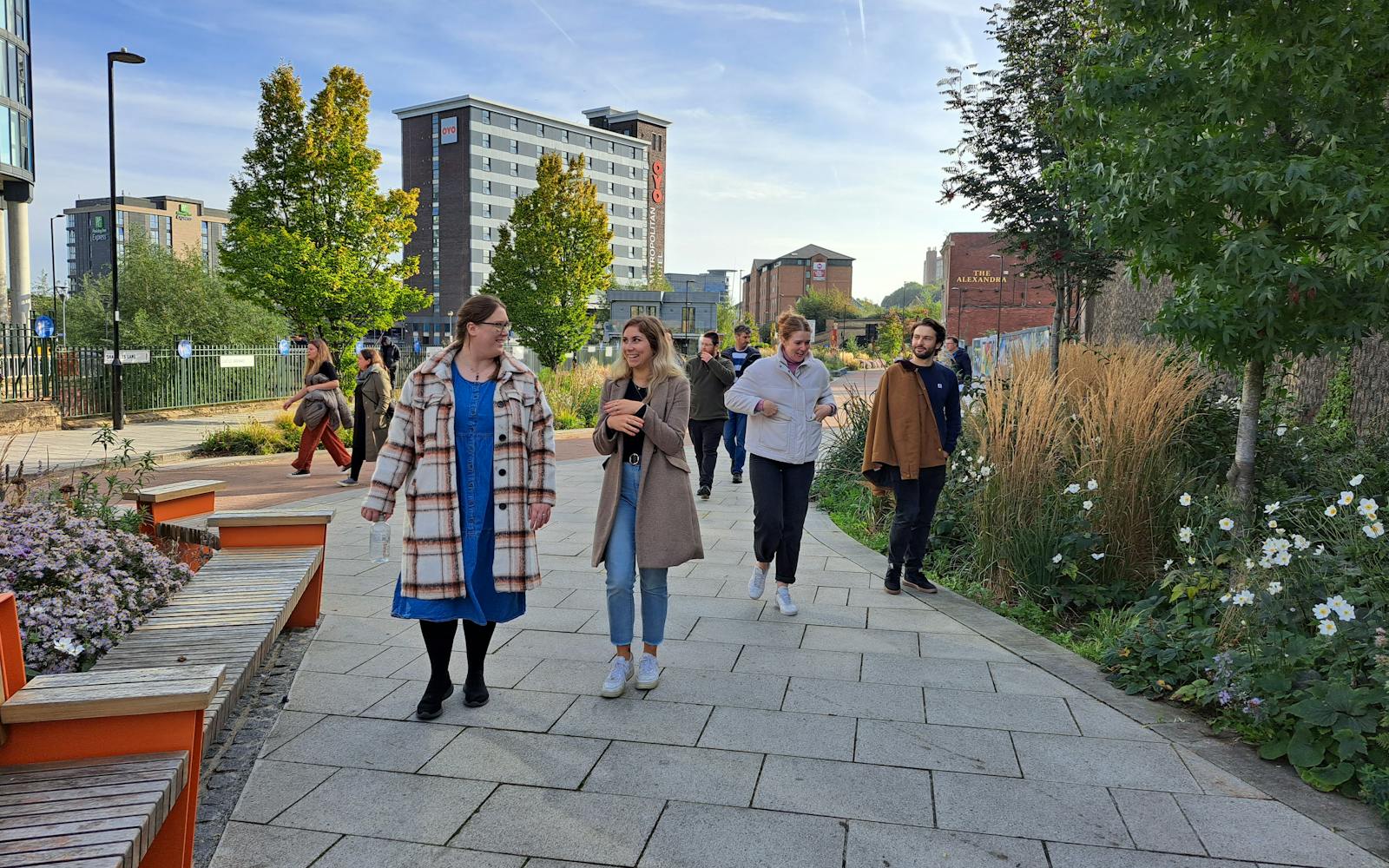
Better environment
Green spaces in cities not only benefit residents and businesses but also provide valuable habitats for wildlife and contribute to a healthier environment. By incorporating more trees, plants, and water environments, cities can increase biodiversity, which plays a crucial role in addressing climate change, alleviating urban flooding, and enhancing food security and renewable energy production.
When residents are closer to nature, they breathe cleaner air as green spaces help to reduce air pollution created by traffic. Additionally, the shade provided by trees can make towns and cities more comfortable places to live and work.
Green infrastructure in urban areas is one of the most effective solutions for mitigating environmental risks associated with extreme weather events such as flooding and heat waves. Therefore, good urban design approaches should prioritise the integration of nature-based solutions, not only for the health and well-being benefits of residents but also to minimise the carbon footprints of cities and boost their economic performance.
How can we help? LUC offers a range of services including urban design, green and blue infrastructure, masterplanning, public realm strategy, placemaking, and strategic ecology. We’re passionate about creating better futures for nature, people and places.
Read more about urban design opportunities in Manchester.
